Red clover, Trifolium pretense, is a herbaceous perennial plant of the Fabaceae family. There are upright stems to a height of 3.9 - 5.9" (10-15 cm) and its colors are pink and red. The leaves are green and circular, with a light green stripe in the middle. Red clover blooms from May to July. It is found in meadows throughout Bulgaria, Europe and Asia, being found in North America too.
Red clover has a long history as fodder for livestock, but is also used as a medicine, thanks to its many beneficial properties and qualities.
In 1930, red clover was a very popular anti-cancer agent that was prescribed for ovarian, breast and lymphatic systems. Crescent markings across the leaves of red clover were considered a sign that the herb can help cataracts.
Composition of red clovers
Among the key components of red clover are flavonoids, phenolic glizcodes, fatty acids, starch, coumarins, mineral acids, essential oil, salicylates, sitosterols and isoflavones.
Isoflavones are plant-based chemicals that cause similar to estrogen effect in the body. The herb contains a phosphorous, niacin, potassium, vitamins C and E, magnesium, chromium, calcium, copper and iron salts, anti-tumor components.
Collection and storage of red clover
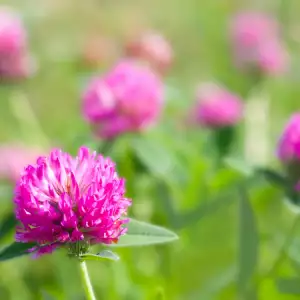
For medicine, gather the aerial flowering parts of red clover. Red clover can be purchased in specialized shops and pharmacies in the form of dried flowers or as a dietary supplement.
Benefits of Red Clover
Red clover has a very good antispasmodic, anti-inflammatory, sedative and expectorant actions. The herb improves the function of the female sex hormone, reduces the severity of premenstrual syndrome and remedies unpleasant effects such as increased blood pressure and rush of hot flushes.
Red clover strengthens the functions of the body after intake of corticosteroids and other antibiotics. Helps a number of female conditions, such as bone loss, which is associated with osteoporosis, mastitis, vaginal discharge, hot flushes and menopausal signs.
Red Clover can be taken as hormone replacement therapy in problems climacteric uterine bleeding, bronchitis, catarrhal conditions, lack of appetite and the like.
Red clover helps with diseases of the circulatory system regulates the level of hemoglobin, stimulates smooth muscles of blood vessels. Assists the cleansing function of the kidneys, helps with joint problems and liver conditions. Red clover is extremely useful for skin problems /psoriasis, acne, eczema, etc../ acts as an antispasmodic for colds, coughs, bronchitis.
Externally, red clover can be used in the form of ointments and creams. Internally, it is administered as tea, tinctures, drops, tablets.
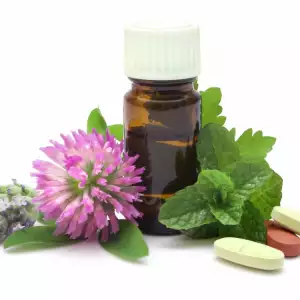
Traditional medicine with red clover
In folk medicine, it is used for easier impregnating. It is further recommended to treat inflammation, breast cancer, diseases of the joints, eczema, and psoriasis, the neck, cleaning of blood, has a diuretic and expectorant effect.
Compresses for external use are prepared with 2 tablespoons dried red clover added to 1 cup boiling water. Boil for 5 minutes, strain it and make a compress.
For preparation of a decoction to drink, take 1 tablespoon red clover and pour 1 1/5 cups (300 ml) boiling water in. Boil about 10 minutes and strain. The resulting decoction is drunk 3 times a day 30 minutes before meals, in 2/5 cup (100 ml) doses.
Freshly crushed flowers of the herb are applied to scalds with nettle and insect bites. Psoriasis and eczema are internally accepted in tinctures. An eyewash for conjunctivitis can be made with a diluted tincture. In persistent dry coughs, drink syrup made from the infusion.
Damage from red clover
Red clover extract has a high concentration of isoflavones. Therefore, it should not be used by children, pregnant women and nursing mothers. The extract should not be taken by people who are taking hormonal preparations with estrogen, androgen, progesterone, and their derivatives. Due to the high risk of bleeding, red clover should not be taken in combination with garlic, aspirin, ginkgo biloba, or ginger.
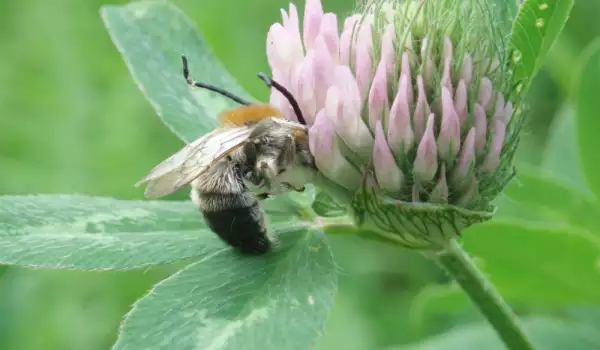
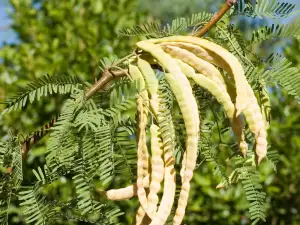
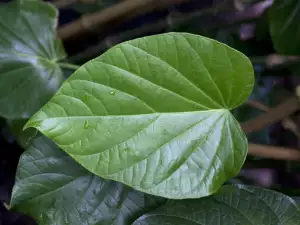

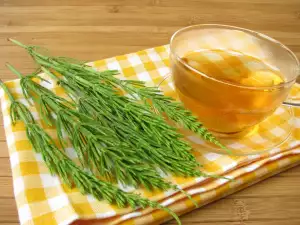
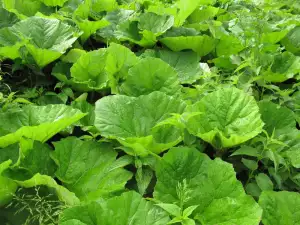
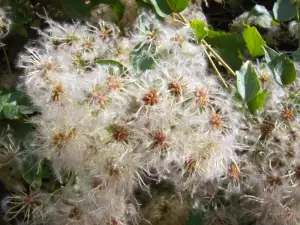
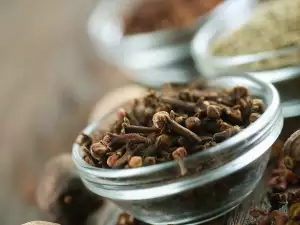
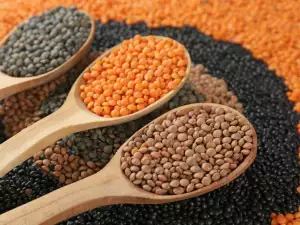

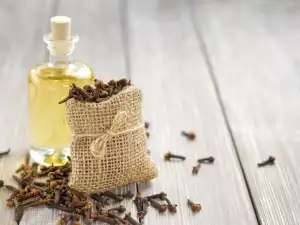
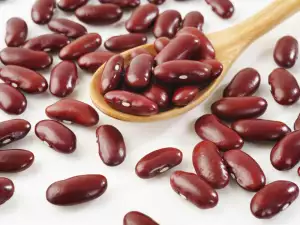
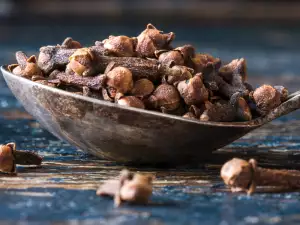

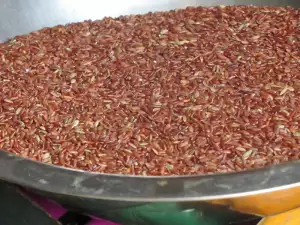




Comments